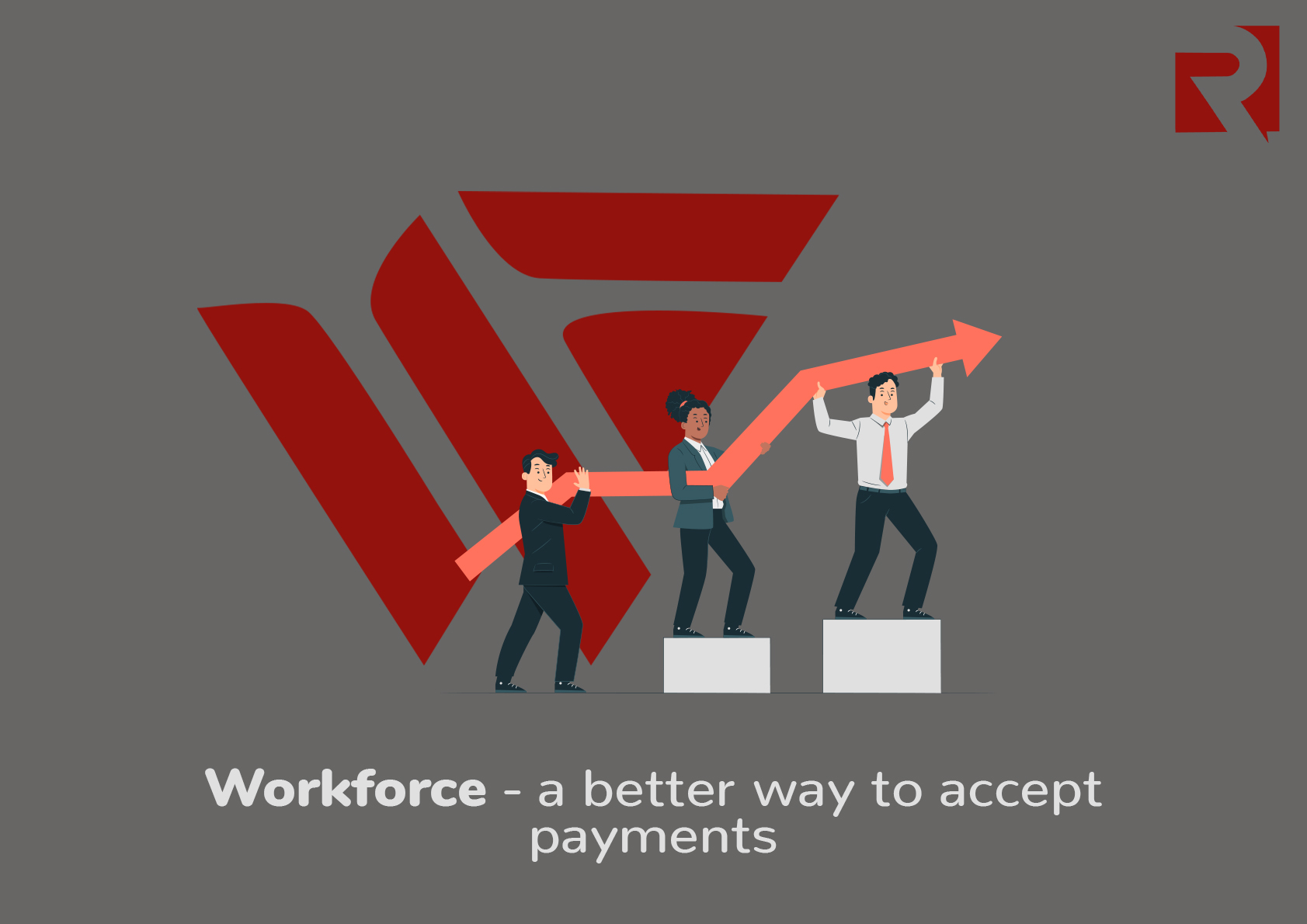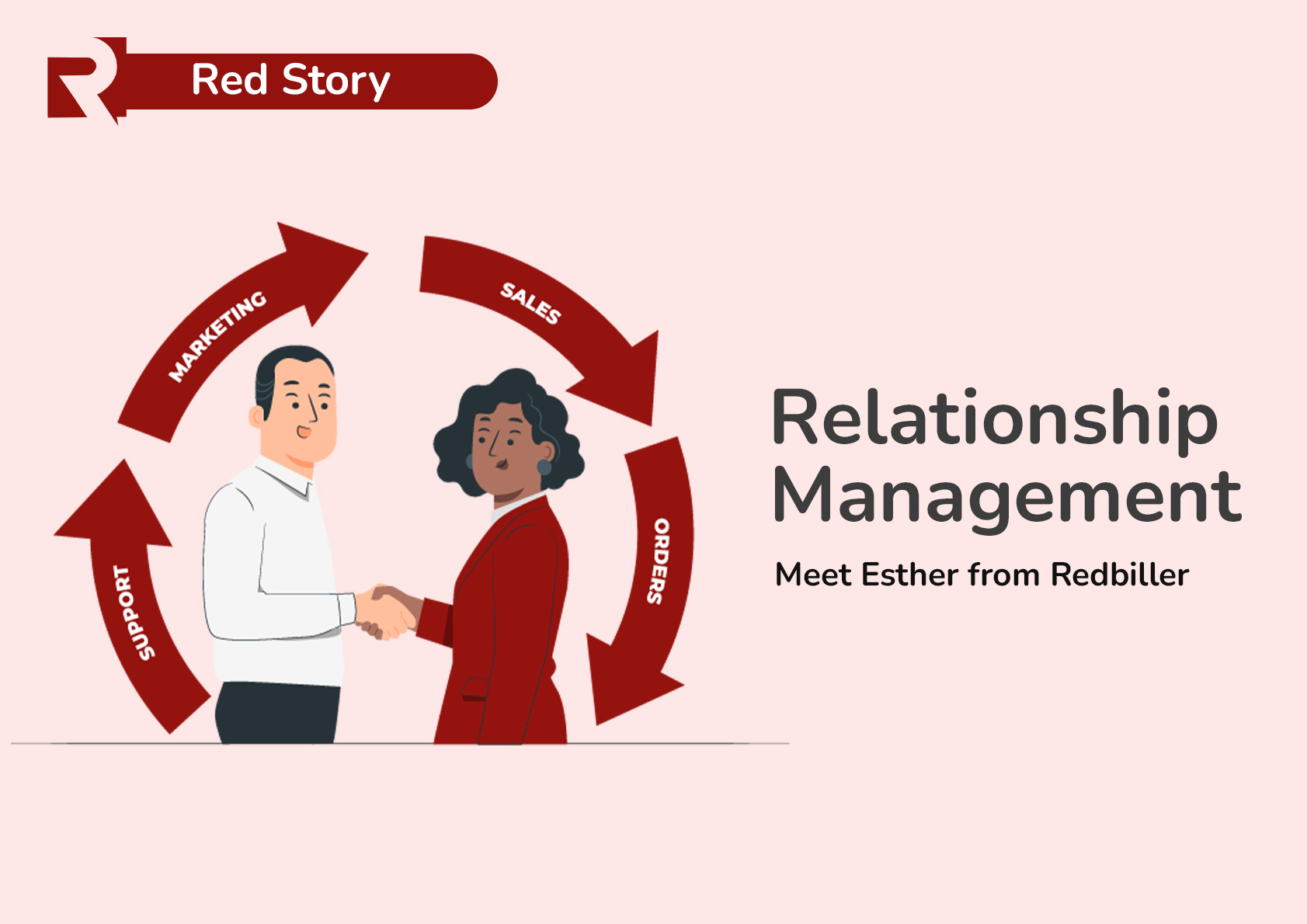When people hear your business name, what is the first that comes to mind? Perhaps I should put the question this way -when your business is mentioned, what is the first thing you want to be on people's minds?
Now we know this is possible because there are businesses that just their colours bring them and what they stand for to the mind. It is called Branding.
What is branding?
Branding is the process of actively shaping your company, its products and services in the mind of your customers and the general public. It involves a lot of decisions that directly contribute to the success or failure of the business. The branding process primarily entails defining what you stand for as a company and how you communicate it to your customers and the general public.
Perception is especially vital to business success, and branding is how you control the perception of your business that people have. It gives you control over the image formed in the customer's mind. Two important things to note about perception is that it is formed very early and is not easy to change.
Six tips for building a reliable brand
Be consistent: your products and services should be consistent with your brand message. If you are pushing the narrative that your brand is friendly, your Customer service rep should not be rude when a customer calls in. Likewise, the atmosphere in the company should be welcoming enough for a customer who stops by.
Be original: you can have a brand after which you model your brand but be careful about copying them verbatim. When people see that you are trying so much to look like a particular brand, they will take you as the inferior counterpart/alternative of that brand.
Answer the important questions: people want to know what you stand for, what you identify with, the problems you hope to solve, the contributions you desire to make. Your brand narrative should answer these questions.
Be creative: don't just lay out bare, boring, unengaging details for people to grapple with, be creative. People should want to learn about your brand and interact with it.
Deliver: no amount of branding can make up for half-baked products and services. You might be able to get away at first, but people will eventually come to associate inefficiency and ineffectiveness with your brand.
Consider your target customers: your first point of duty is to your target customers, and all your branding efforts should be with them in mind. They must be able to connect with your brand. Speak the language they understand and use the elements they can relate to. They will in turn interpret your brand to the general public through their reviews and recommendations.
Conclusion
Changing people perception of your business comes at the cost of rebranding. And rebranding is neither a cheap nor a low-risk option. It will cost you, and anything can go wrong with it. The ideal thing is to get it right the first time.
Okay, maybe not the first time, but at least before your business gains widespread fame.



